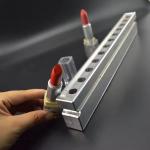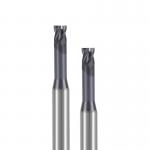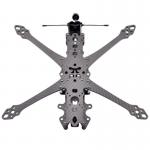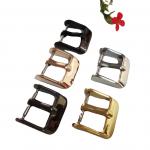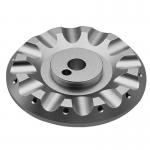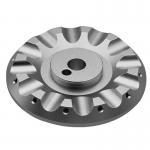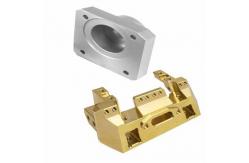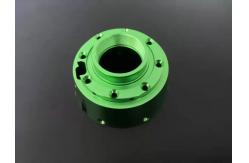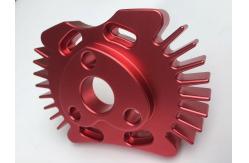The Application Scenarios and Classification of Anodizing in CNC
Part Processing Anodizing, a surface treatment technique, finds widespread
application in CNC part processing. It involves the electrochemical
process of creating a protective oxide layer on the surface of
metals, primarily aluminum and its alloys. This layer not only
enhances the appearance but also significantly improves the part's
corrosion resistance, wear resistance, and hardness. Application Scenarios of Anodizing in CNC Part Processing: - Automotive Industry: Anodized aluminum parts are widely used in automobiles for
exterior trim, interior components, and engine parts. The durable
oxide layer withstands the harsh environments and chemical
exposure, ensuring long-lasting performance.
- Architectural Applications: Aluminum windows, doors, and other architectural elements often
undergo anodizing to enhance their durability and aesthetics. The
process gives a sleek, professional look to the finished products.
- Electronics and Appliances: Anodized aluminum parts are commonly found in electronics, such as
computer chassis and appliances, due to their resistance to
corrosion and scratching.
- Aerospace Industry: Lightweight and corrosion-resistant anodized aluminum parts are
crucial in aircraft construction, where weight reduction and
durability are paramount.
Classification of Anodizing in CNC Part Processing: - Type I (Sulfuric Acid Anodizing): This is the most common type of anodizing, often used for
decorative purposes. It produces a clear, transparent oxide layer
that can be dyed various colors.
- Type II (Hard Coat Anodizing): This process creates a thicker, harder oxide layer, providing
excellent wear and corrosion resistance. It's often used for
industrial and functional applications.
- Type III (Bronze Anodizing): This technique produces a bronze-colored oxide layer that offers
both decorative and protective properties.
|
